Resurrection Fern – Pleopeltis polypodioides
The Plant that Rises from the Dead.
The Resurrection Fern, also known as. the Miracle fern lives on branches and trunks of trees. Live Oaks and Cypress Trees are their favorite hosts. They have been seen growing on rocks and on the sides of buildings. Resurrection Ferns are air ferns that attach themselves to a host plant or rock and will get moisture and food from the air and rain. They will also gather nutrients that collect on the outer part of their host. The fern does not steal any nutrients from its host and therefore will not harm the host.
Have you seen ferns that are curled up, brown, and appear to be dead? Simply add water and they miraculously uncurl and resurrect to a live, healthy, green fern.
Resurrection Ferns can lose up to 97% of their water content and still come back to life when water returns. In contrast, most plants can only lose 10% of their water content before their cells collapse and they die. Like all ferns, Resurrection Ferns reproduce from spores.
These ferns can be found from Florida to as far north as New York and as far west as Texas. They are so fascinating that in the late ’90s, NASA sent a Resurrection Fern on the space shuttle Discovery to watch it miraculously come to life in zero gravity.

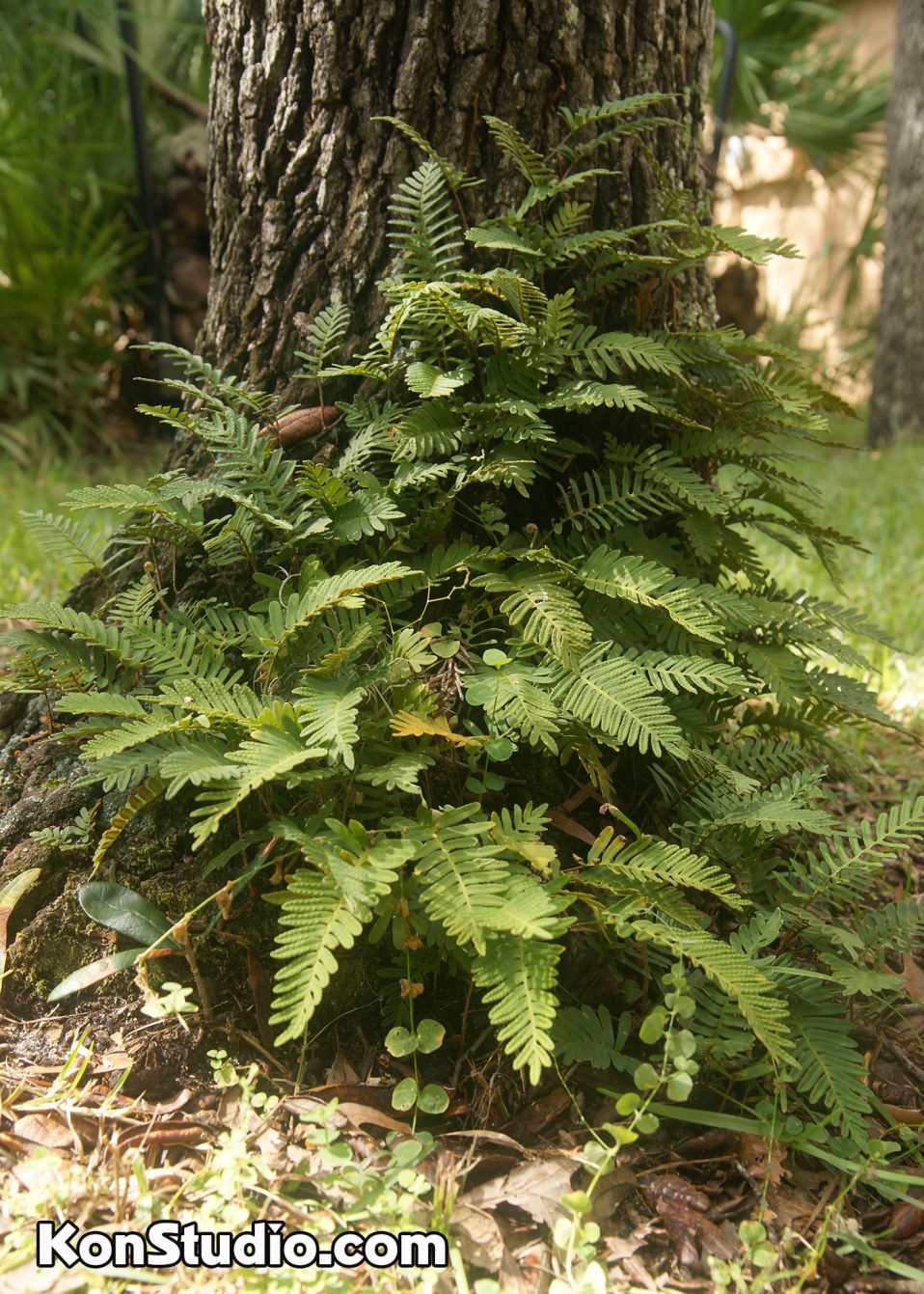
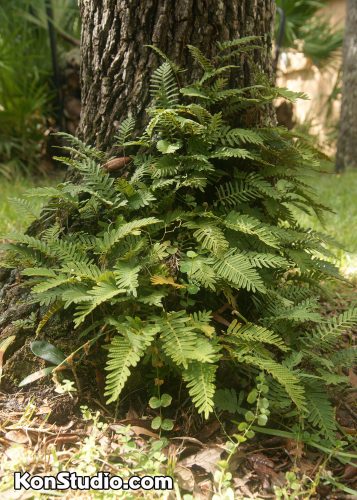
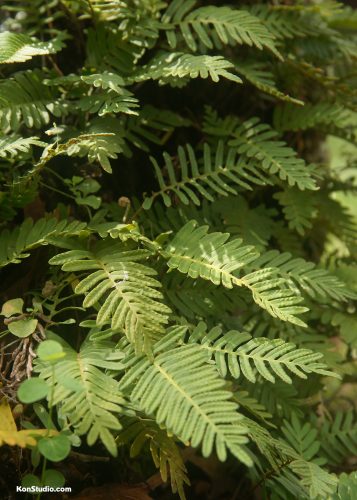
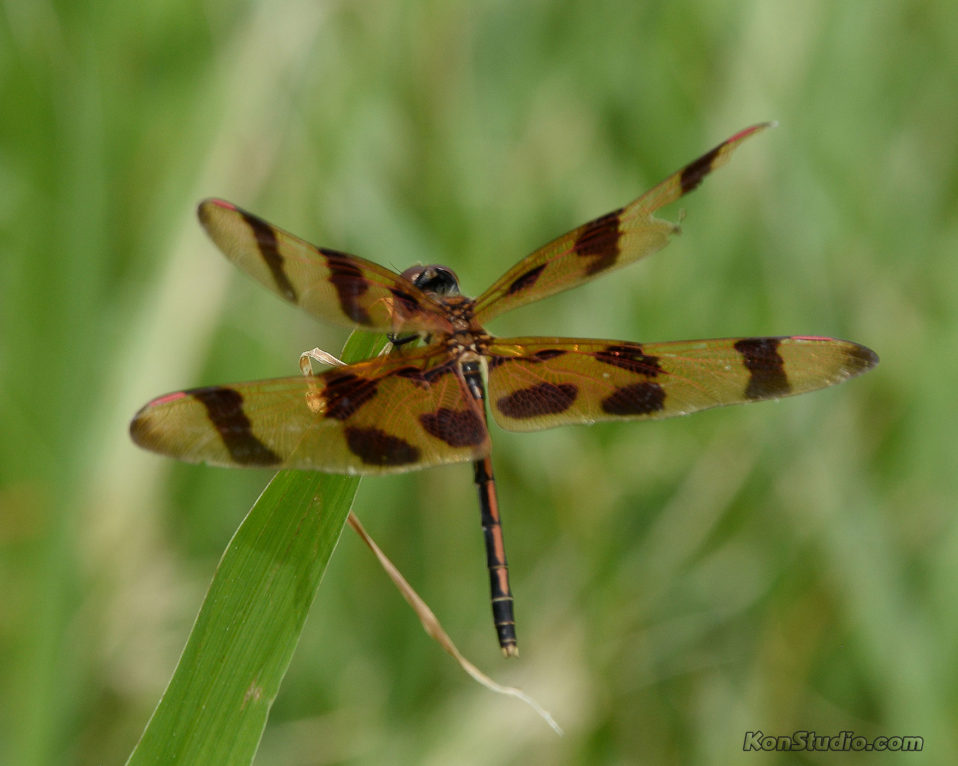
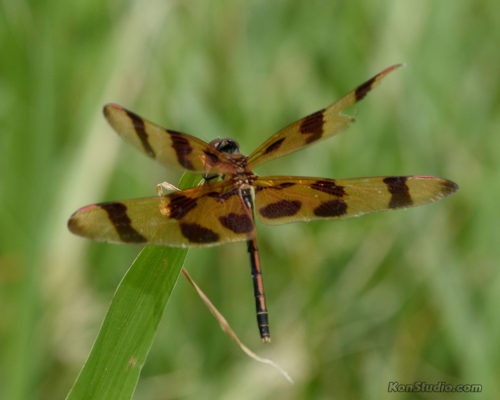
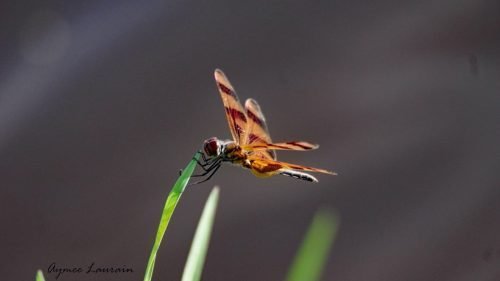
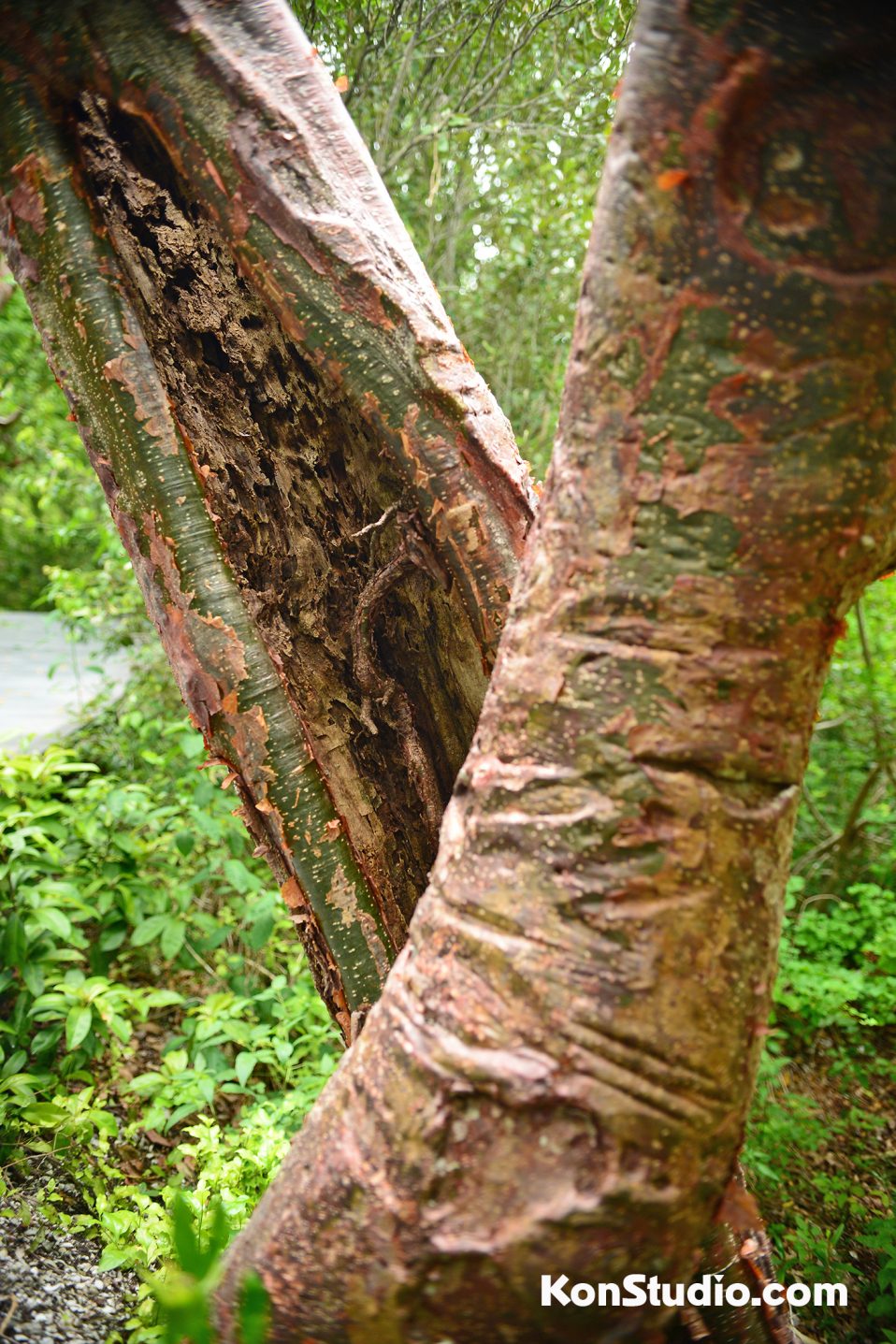
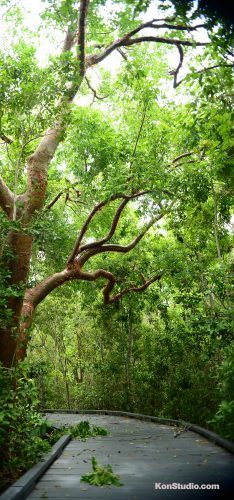
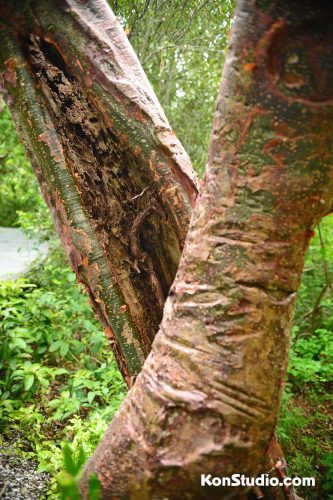
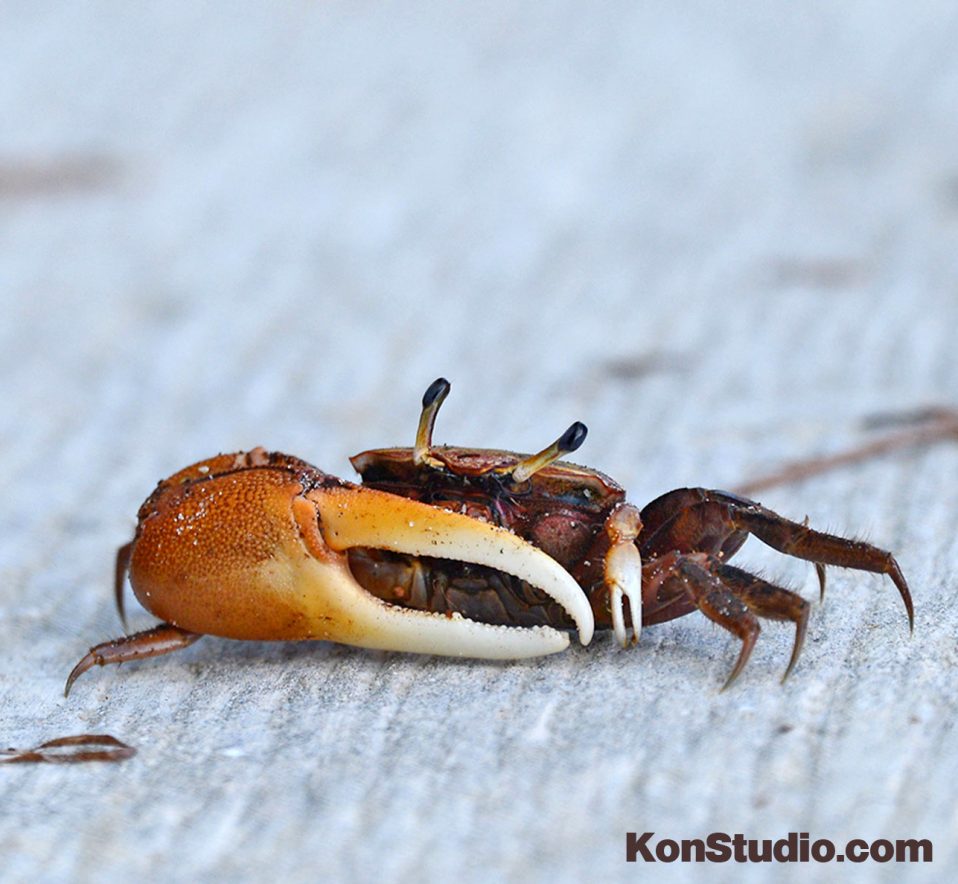
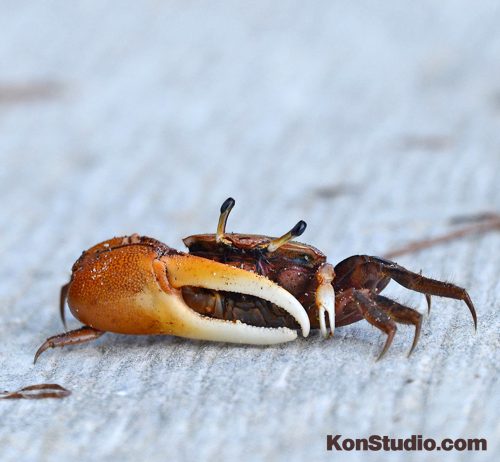
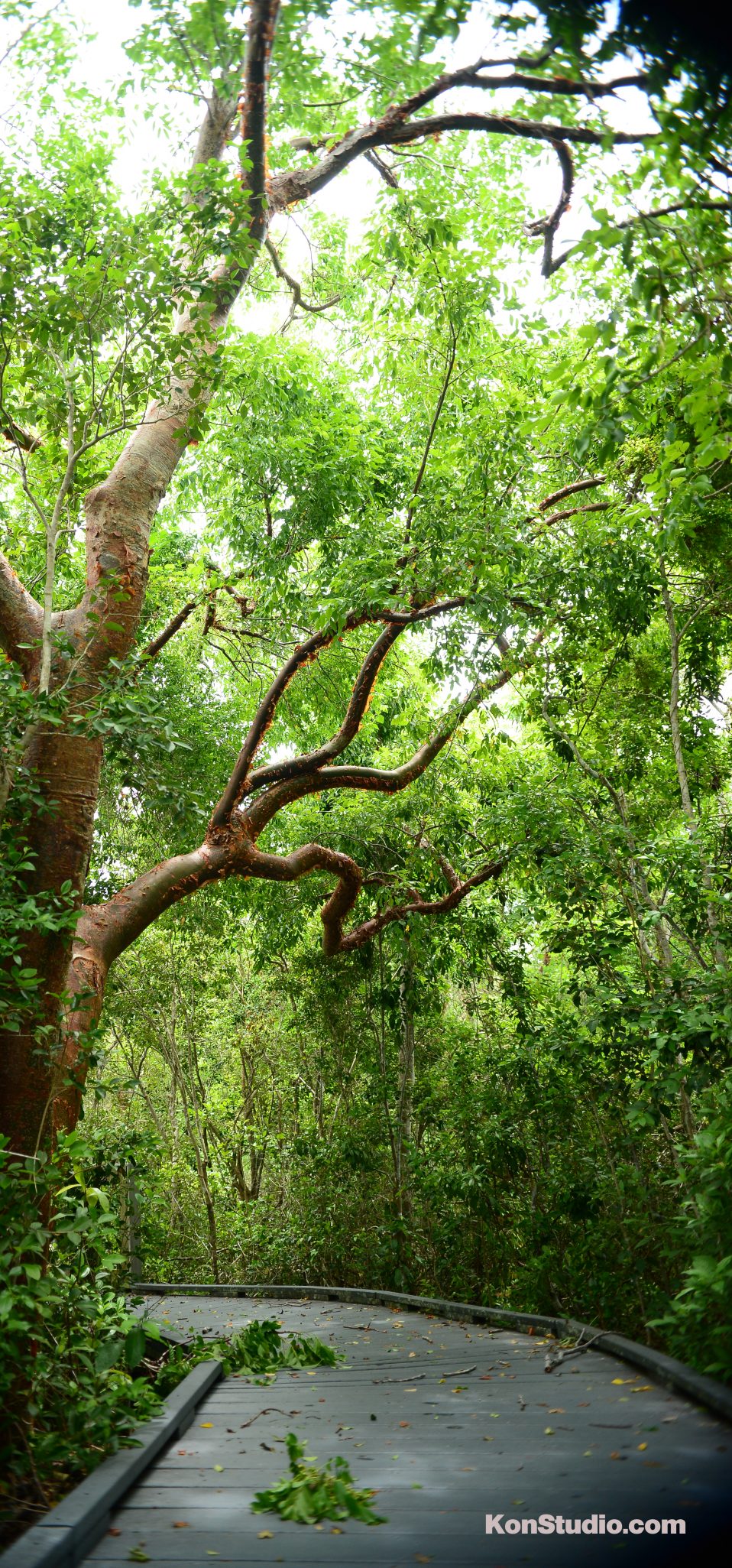
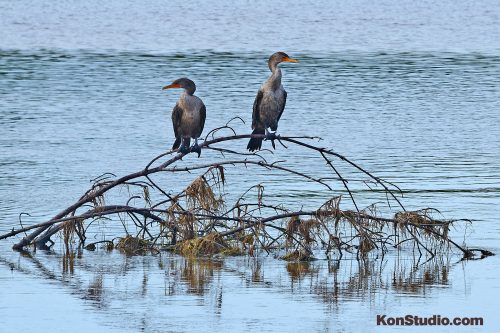
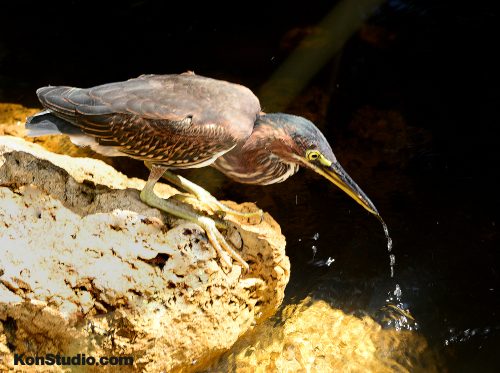
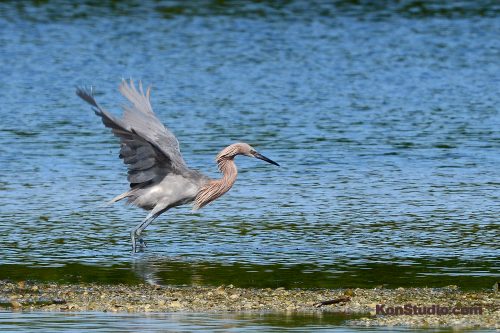
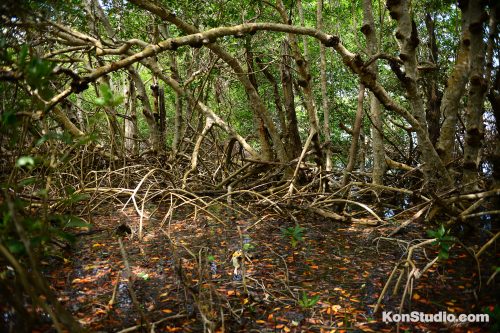
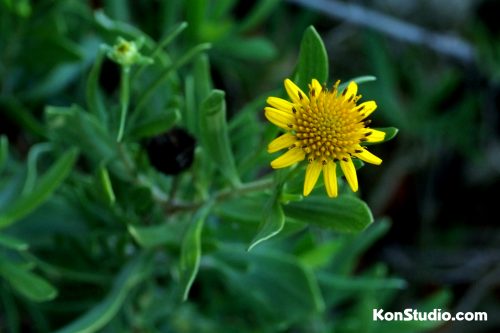
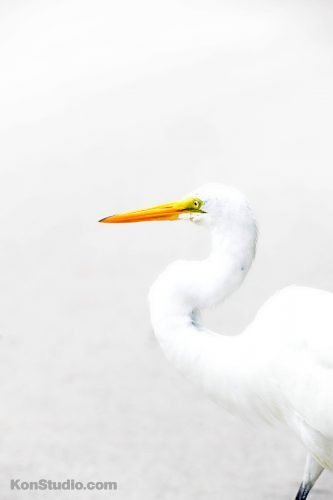
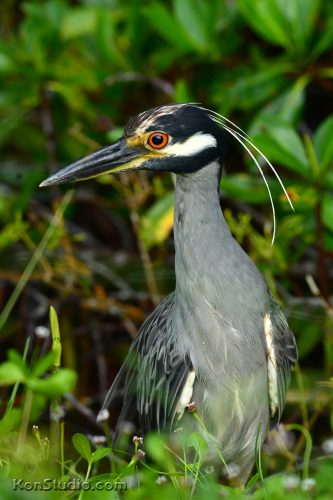
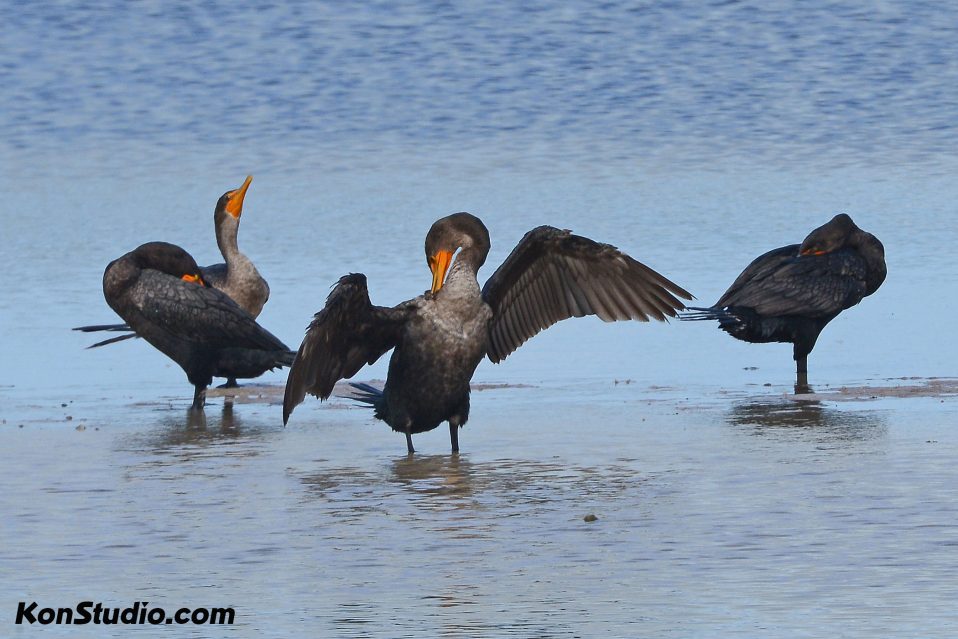
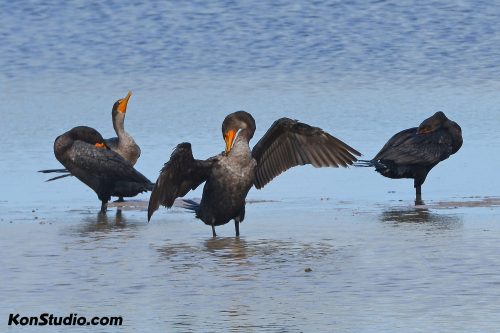
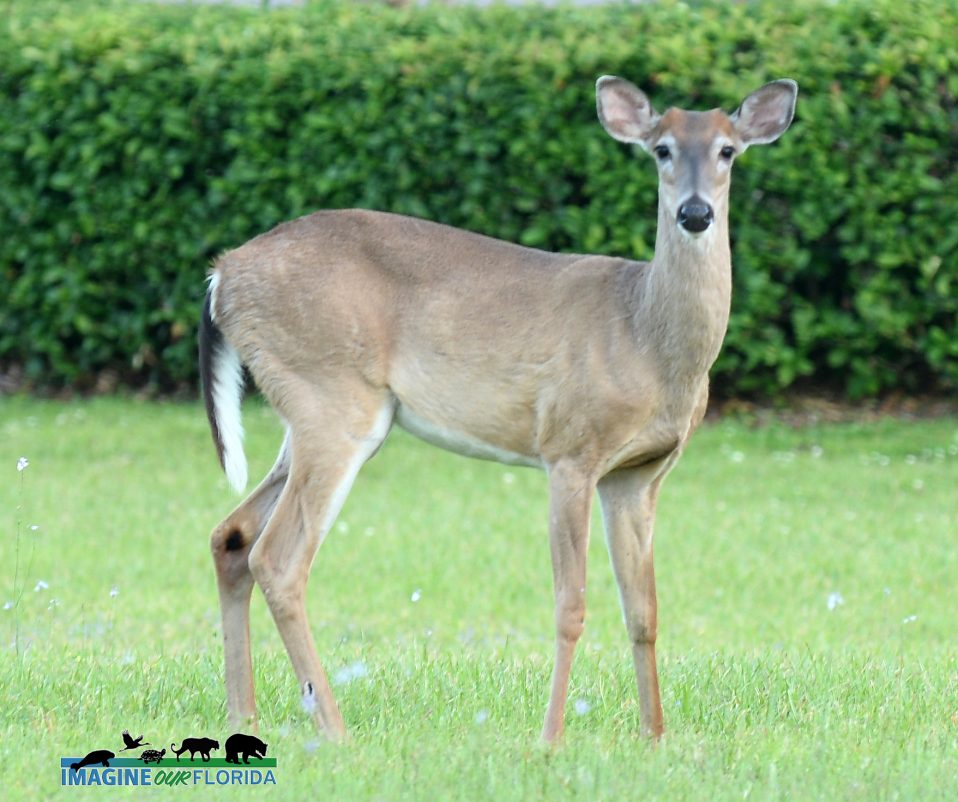
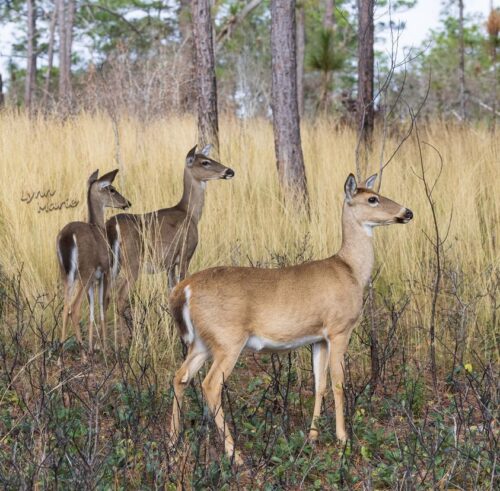
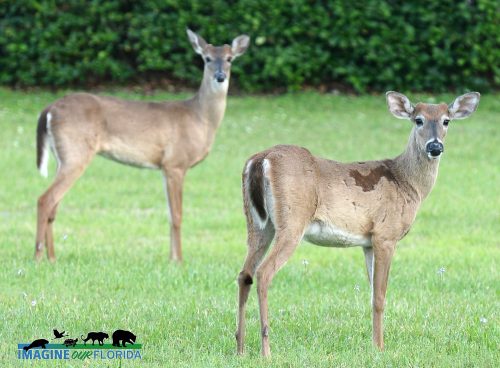
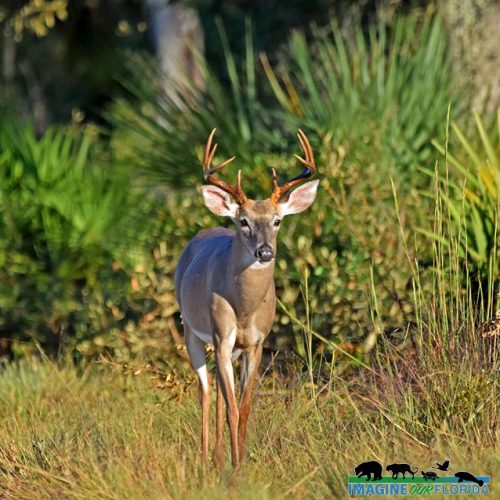
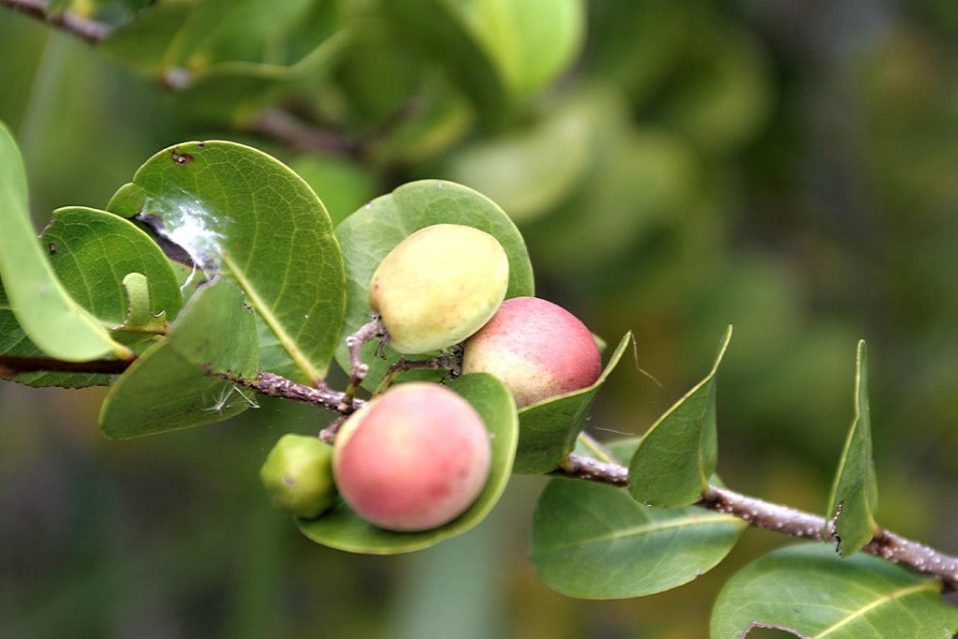

Recent Comments